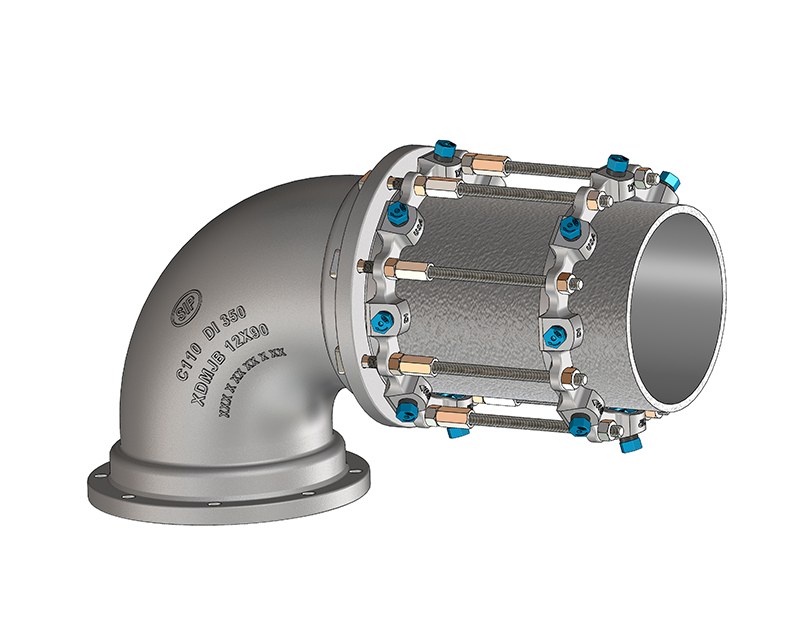In the realm of construction, the seamless integration of various components is paramount to ensure structural stability and longevity. One crucial aspect that plays a pivotal role in this integration is the mechanical joint. Serving as the cornerstone of structural connections, mechanical joints are instrumental in facilitating the assembly, disassembly, and maintenance of diverse construction elements. This article delves into the intricacies of mechanical joints, shedding light on their significance, functionality, and the diverse types employed in the construction industry.
- Understanding Mechanical Joints:
Mechanical joints, also known as structural joints, are designed to connect two or more components securely. Unlike traditional joints that rely on adhesives or welding, mechanical joints utilize mechanical fasteners, such as bolts, screws, rivets, or connectors, to achieve a robust connection. These joints offer several advantages, including ease of installation, disassembly, and the ability to withstand dynamic loads and vibrations. - Significance of Mechanical Joints in Construction:
2.1 Structural Integrity:
Mechanical joints play a pivotal role in maintaining the structural integrity of buildings and infrastructure. By securely connecting various components, such as beams, columns, trusses, and panels, mechanical joints ensure the overall stability and load-bearing capacity of the structure.
2.2 Flexibility and Adaptability:
One of the key advantages of mechanical joints is their flexibility and adaptability. They allow for adjustments, modifications, and expansions during the construction process and throughout the lifespan of the structure. This feature proves invaluable in scenarios where alterations or repairs are required, saving time and resources.
2.3 Disassembly and Reusability:
Mechanical joints enable the disassembly of components, facilitating maintenance, repairs, or replacements. This feature is particularly beneficial in construction projects that require periodic inspections, upgrades, or renovations. Additionally, the reusability of mechanical joints contributes to sustainable construction practices by reducing waste and promoting resource efficiency.
- Types of Mechanical Joints:
3.1 Bolted Joints:
Bolted joints are widely used in construction due to their high load-bearing capacity and ease of installation. They involve the use of bolts, nuts, and washers to secure components together. The preload applied to the bolts ensures the joint's integrity and prevents loosening under external forces.
3.2 Welded Joints:
Although not strictly classified as mechanical joints, welded joints deserve mention due to their prevalence in construction. Welding involves the fusion of two or more components using heat, creating a permanent and robust connection. Welded joints are commonly used in structural steelwork, pipelines, and other applications where high strength and rigidity are required.
3.3 Riveted Joints:
Riveted joints were widely used in the past and are still encountered in older structures. They involve the insertion of a rivet through aligned holes in the components, followed by the deformation of the rivet's tail to secure the joint. While riveted joints offer excellent strength, their use has diminished in favor of more efficient and cost-effective alternatives.
Conclusion:
Mechanical joints serve as the backbone of structural connections in construction, ensuring the stability, adaptability, and longevity of buildings and infrastructure. Their significance lies in providing structural integrity, flexibility, and the ability to disassemble and reuse components. By understanding the various types of mechanical joints, such as bolted, welded, and riveted joints, construction professionals can make informed decisions regarding their implementation. Embracing the strength and functionality of mechanical joints empowers the construction industry to build robust, sustainable, and resilient structures that stand the test of time.

